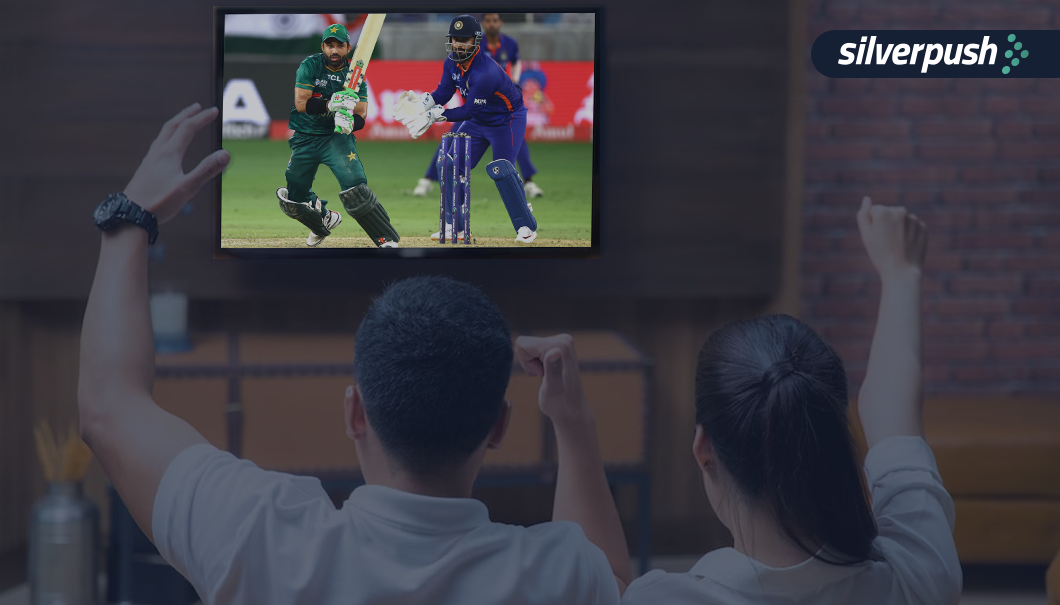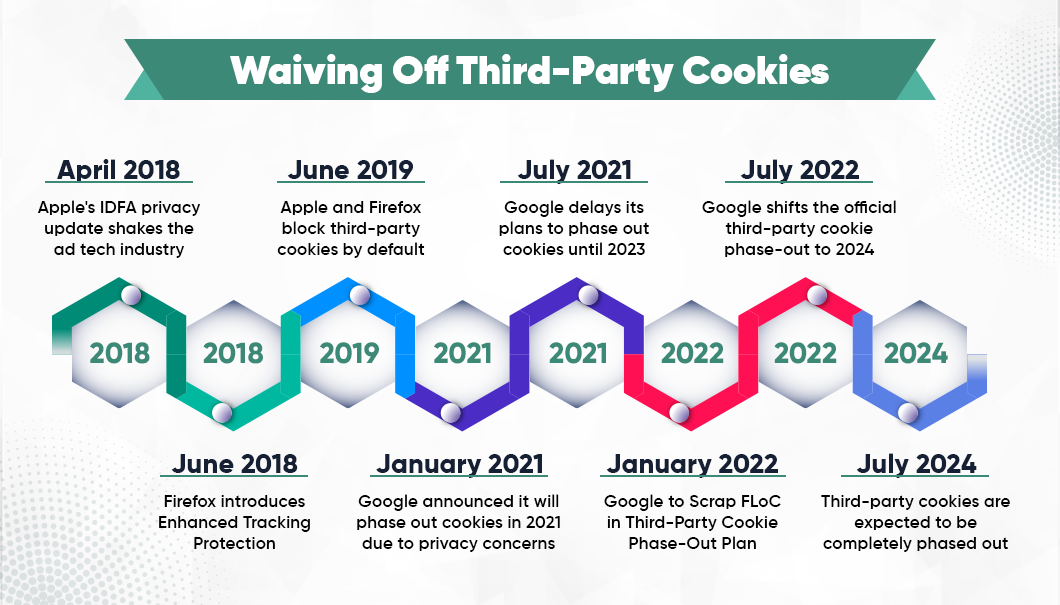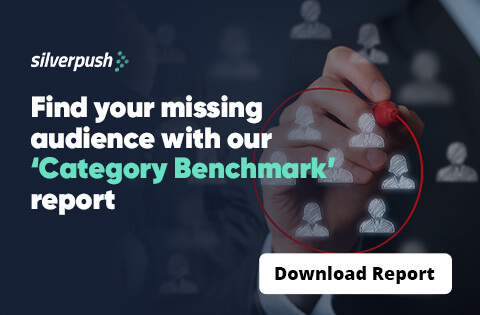Cricket and Advertising: Winning Strategies for the 2023 World Cup
PUBLISH DATE: 12 May 2023
Cricket is Life. Everything else is just a game.
With 2.5 billion estimated followers, cricket is the second most popular sport around the world. The upcoming 2023, ICC Men’s Cricket World Cup has already generated excitement among fans.
The ICC Men’s Cricket World Cup isn’t a tournament that viewers enjoy; rather, it is a festival for brands to establish a rock-solid awareness. Brands have a cut-throat competition to grab the attention of the dedicated audience.
In 2019, 94% of the sports AdEx was from cricket, highlighting the popularity of the sport among advertisers. The online streaming of the matches brought a new advertising field when the World Cup was first streamed on an OTT platform in 2015. Indian advertisers alone were expected to spend more than 400 million, and Star India expected TV and internet revenues to be around Rs 2,100 crores. Along with e-commerce, gaming, soft aerated drinks category, cellular phones, wires & cables, and perfumes & deodorants were some popular categories that were on top of TV advertising. Brands paid 20 lakhs onwards for 10-second ad spots, and the sponsorship package was for 40 crores onwards.
How Brands Can Capitalize 2023 Cricket World Cup Opportunity?
The 13th 50-over ICC Men’s Cricket World Cup will take place in 2023, with India serving as the host nation. The quadrennial tournament is scheduled to take place in 2023, with India serving as the host nation for a record-breaking fourth time.
The format of the tournament will be round-robin before the knockout rounds, like the 2019 competition in England and Wales.
World Cup is the best time to tap into the audience’s mind and create a brand’s presence. Advertisers can use omnichannel advertising strategies to engage with the audience across all platforms and channels during the World Cup.
Some ways to capitalize are:
Traditional Methods Include
1. Sponsorship – Brands can become official sponsors of the tournament. A recurring brand recall can be easily created as brands will be promoted alongside the event branding.
2. Television Advertising – There is a drop in this field of advertising but millions of people are still glued to tv screens when there is a match, especially in remote areas. By creating strong tv ads brands can have the ever-lasting memory for the audience.
The “Mauka Mauka” ad campaign created a huge brand recall in 2015 and 2019 irrespective of the results. The notable point is when the first advertisement appeared on YouTube in 2015. it received more than a million organic views in the first 12 hours of being live.
Digital Methods Include
1. Video Advertising: People eagerly wait to grab any information during a cricket match. From watching a live cricket match on the OTT platform to watching highlights on YouTube, videos get the center of attention. Advertisers can leverage this attention by using different ad formats available on YouTube.
2. Social Media Advertising: During cricket tournaments, social media platforms, Instagram, Facebook, Twitter, and LinkedIn are flooded with updates. These platforms offer various advertising opportunities which an advertiser can utilize to benefit themselves. Based on the demographics, advertisers can target specific audiences.
3. CTV Advertising: A huge set of audience is shifting from traditional TV streaming to connected devices. This is an advantage for advertisers as CTV allows granular targeting. This means with the right message, advertisers can reach their target audience exactly where they are.
Another interesting advertising element present for the 2023 World Cup is contextual targeting. In 2019, the news of the phase-out of third-party cookies was spread. This led advertisers to look for an alternative. But during 2019, contextual advertising was not in the picture. However, with time this form of advertising proved to be a beneficial alternative. Combining the power of contextual advertising and the World Cup together can bring outstanding results.
Mirrors is a flagship product of Silverpush which is helping brands reach their target audience on different channels in the most contextual way possible.
How Brands Can Leverage the AI-Powered Technology, Mirrors?
Studies have proven that 63% of users prefer relevant ads and it makes them engage with the brand. This also results in higher ROIs and ROAS.
With contextual advertising, advertisers can easily engage the audience on each platform without interrupting their viewing experience.
Mirrors for YouTube
People are glued to the screen when it’s time for the World Cup. Men’s CWC 2019 live coverage crossed a cumulative average audience of 1.6 billion viewers on a global scale. The average watched time per unique viewer was 42% higher than in 2015. This leaves advertisers with the hope that it will be much higher for 2023.
To leverage the attention of the large audience of human-augmented technology, Mirrors is trained to place ads in the most relevant manner. With the help of the AI will recognize the triggers and will place the most suitable ad that aligns with the content consumed by the user.
Mirrors for Facebook
Mirrors similarly work for Facebook. But while extracting insights based on visual triggers it also dives into the context of the text.
Keyword-based targeting reduces the reach of a campaign by blocking the content based on keywords, contextual targeting understands the context of the word being used. This enhances brand safety as well as increases the ad placement opportunity.
Final Words
The World Cup is a complete package for advertisers to promote. Brands have a fantastic chance to expand their awareness and connect with a global audience during the World Cup. With the popularity of cricket at an all-time high, advertisers must take advantage of this trend and develop effective marketing campaigns that connect with their target market.
We can claim that brands could expect improved ROIs and reach during the 2023 ICC Men’s Cricket World Cup by harnessing the power of contextual advertising.
The Demise of Third-Party Cookies: Can AI Advertising Fill the Void?
PUBLISH DATE: 15 March 2023
As third-party cookies crumble, AI advertising is gearing up for its time in the spotlight – get ready for the rise of the machines in the ad tech industry!
The importance of third-party cookies can be well understood by digital marketers who rely on these small pieces of information to serve personalized ads to their audiences.
The usage of user data without their consent or knowledge has sparked significant debates surrounding consumer privacy, with users, legislators, and companies all expressing concerns about the potential impact on individual confidentiality.
Although cookies have been valuable for advertisers and marketers, their usage is now being closely examined as users demand more control over their online data, and companies face increasing pressure to prioritize consumer privacy. Major web browsers like Mozilla Firefox and Safari have already banned third-party cookies, and Google Chrome will soon follow suit.
To navigate the post-cookie world, advertisers will need to explore alternative options like Artificial Intelligence (AI), which is likely to replace cookies. AI-powered contextual advertising has emerged as a powerful tool for innovation, with companies using it for management, robotics, and marketing.
What Challenges are Faced by Marketers Due to Third-Party Cookies?
Ad tech companies often use a technique called fingerprinting to track users and deliver personalized ads. Fingerprinting relies on third-party cookies to generate user-specific browser ID tags.
When a user accesses a website with a cookie-based ad, a tracking pixel embedded in the ad collects the user’s browser tag and sends it to the advertiser’s server. Ad tech companies then use this information to develop user profiles and track browsing history, purchases, and other personal information.
However, users often have little knowledge of what personal information is collected and have limited control over preventing unwanted data collection unless they manually disable cookies on their browsers.
Eliminating the Use of 3rd Party Cookies

As privacy concerns grow, more companies are opting out of using third-party cookies. Major web browsers like Safari and Firefox have already blocked cross-tracking third-party cookies, and Google plans to phase them out on Chrome by 2024 to address user demands for greater privacy, transparency, choice, and control over their data.
Advertisers, who rely heavily on third-party cookies for data collection, will be significantly impacted by this change and must find new ways to access similar sets of data.
The most comprehensive data regulation to date is the General Data Protection Regulation (GDPR), which came into effect in 2018 within the European Union. It has set a high bar for data protection standards globally, as it emphasizes the importance of user consent and data transparency, putting greater control over personal data in the hands of users.
The Future of AI Advertising: Moving Beyond Third-Party Cookies
With the phasing out of third-party tracking cookies, advertising agencies are turning to contextual advertising as a strategy for targeting users based on their online experience categories, rather than behavioral advertising. Contextual targeting is being seen as a brand-safe, future-proof, and successful cookieless targeting option.
According to market data, the global contextual advertising market is predicted to reach $376.2 Billion by 2027, indicating the increasing popularity of this strategy.
Companies worldwide are redirecting their marketing resources toward developing a strong contextual strategy to adapt to the changing landscape of digital advertising.
Statistics that highlight the importance of contextual advertising:
1. Context is so powerful that 49% of brand marketers are looking to contextual advertising to replace cookies.
2. 79% of consumers are more comfortable seeing Contextual than behavioral ads.
3. Between 2020 and 2027, contextual advertising spending is expected to grow 13.3 percent annually.
4. 49% of US marketers surveyed are using contextual marketing today.
5. In the UK, 32% of marketers use contextual marketing, while 36% use demographic targeting.
Silverpush Leads the Way in AI-Powered Contextual Advertising for a Cookieless Future
As the digital advertising industry transitions to a cookieless future, contextual targeting is emerging as a powerful solution for advertisers looking to engage with their target audience.
Silverpush, one of the leading ad tech companies in the world recognized the limitations of third-party cookies years ago and developed their AI-Powered solution, Mirrors, which has been providing contextual advertising solutions on platforms like YouTube, OpenWeb, Meta, and CTV since 2012.
Mirrors use privacy-safe and contextual targeting solutions to deliver personalized ads to the target audience without relying on their data.
What Makes Mirrors Unique?

Mirrors’ AI-powered technology identifies key contexts and other factors for more precise targeting. Its unique custom identifying capabilities ensure that reach is not duplicated, and a unified approach is used for content-aligned ad placement, brand safety, and custom brand suitability.
The ads are placed in a brand-safe environment and are relevant to the brand, ensuring a positive and effective advertising experience for both the advertiser and the audience.
If you’re interested in learning more about how Silverpush can help you prepare for the cookieless future and advertise successfully, fill out the available form on the right and our team will reach out to you.







